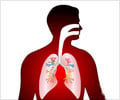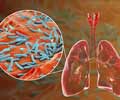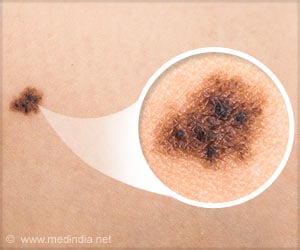Exposure to black carbon particles is 81% higher among Mozambican women who use kerosene as the main source of energy for lighting compared to those who use electricity, reveals a new study.

TOP INSIGHT
The use of kerosene as a source of energy in the homes has been associated with tuberculosis, acute respiratory infections in children, low birth weight and neonatal mortality.
One striking finding was that personal levels of black carbon exposure among the women participating in this study were much higher than those observed in studies of adults and children living in European cities (a daily average of 15 μg/m3 compared to 2.8 μg/m3 in Europe).
In Europe, black carbon is used as a marker of traffic-related air pollution, but in rural areas and in middle- and low-income countries, it is a marker of domestic combustion.
It is estimated that 95% of Mozambique's population depends on unclean fuels for cooking and, due to the absence of electricity in large areas of the country, the use of portable kerosene lamps (or candeeiro de vidrio, as they are called in Portuguese) for domestic lighting is widespread. "The use of kerosene as an energy source in the home has been associated with tuberculosis, acute respiratory infections in children, low birth weight and neonatal mortality," explains ISGlobal researcher Ariadna Curto, the lead author of the study. "And it is women who bear the brunt of this effect because traditionally they carry the burden of all the domestic work."
In this study group, peak exposure to black carbon occurred, on average, between 6 and 7 in the afternoon--around sunset--and peak concentrations were 93% higher among the women who reported lighting their homes with kerosene lamps.
The other factors, in addition to the type of lighting used, that were predictive of black carbon exposure were type of kitchen and ambient temperature. Black carbon exposure was 61% higher in the group of women who reported having a totally or partially enclosed kitchen than in those who had no kitchen or an outdoor kitchen. Another relevant factor is that in most of the participant households, the women used solid biomass fuels (wood and coal) for cooking, which further increased their exposure to black carbon.
Source-Eurekalert
 MEDINDIA
MEDINDIA




 Email
Email





